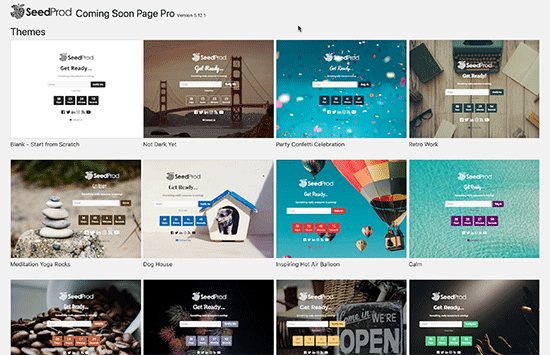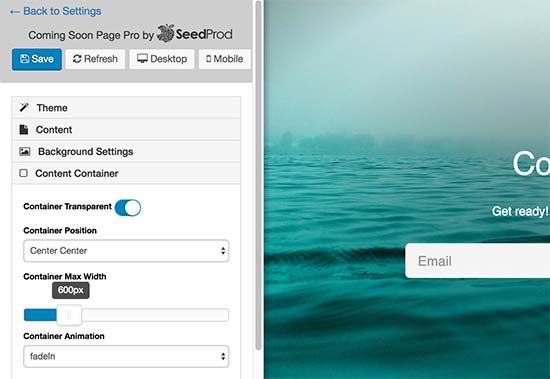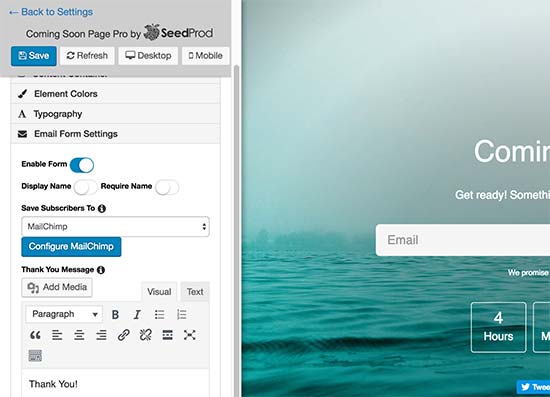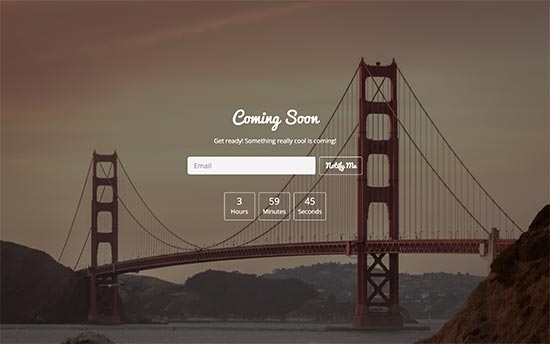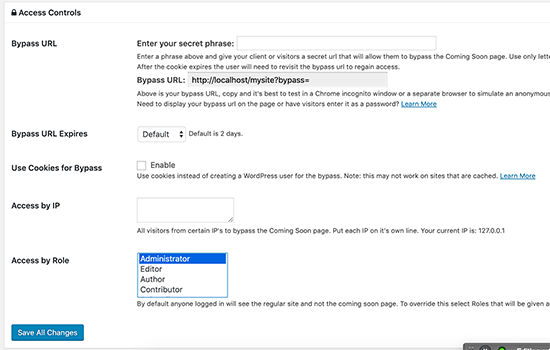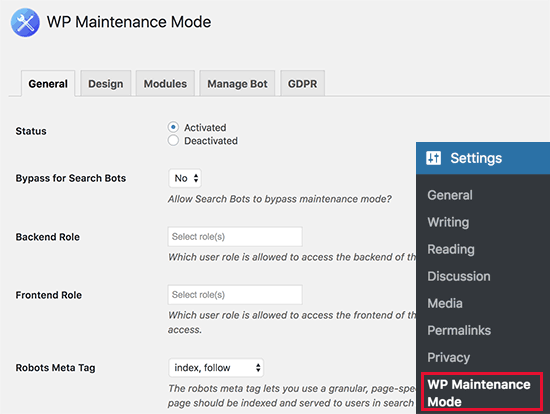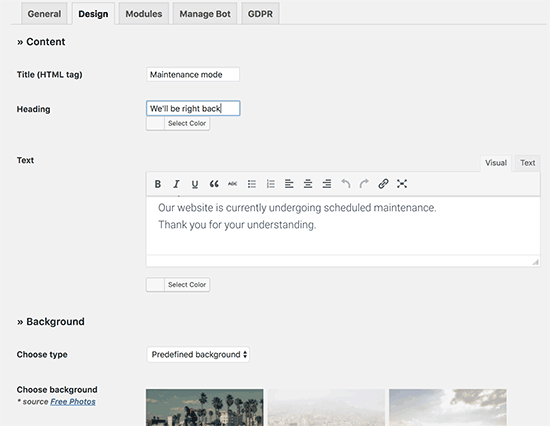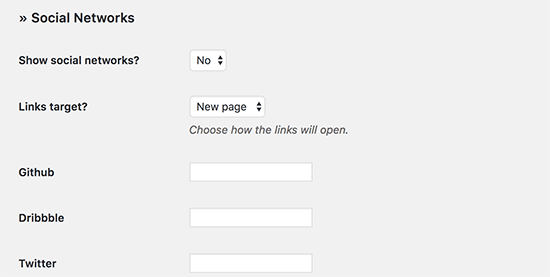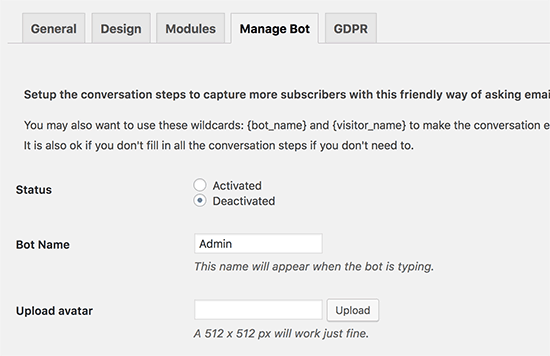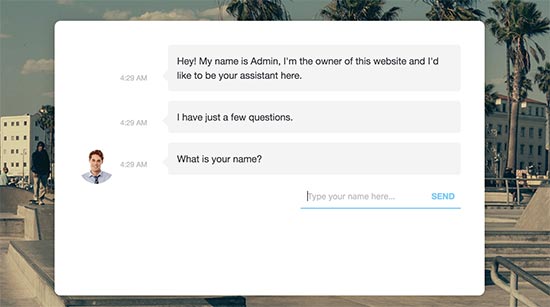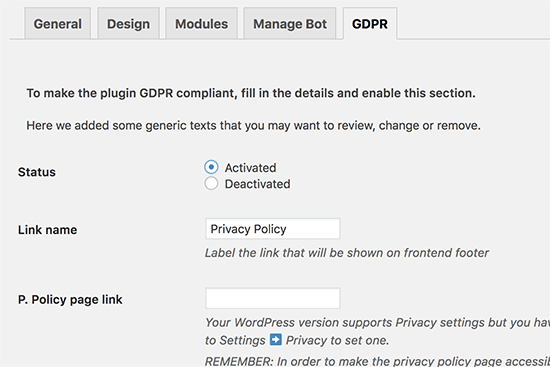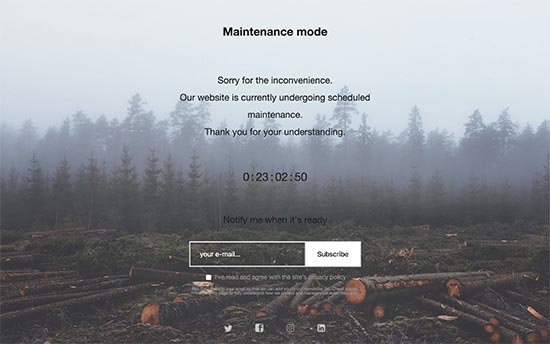How to Put Your WordPress Site in Maintenance Mode
Do you want to put your WordPress site in maintenance mode? The maintenance mode allows you to display a user-friendly notice to your users instead of a broken site during website maintenance.
It also allows you to safely perform any maintenance task while making sure that people who need access to the website has the access.
In this article, we will show you how to easily put your WordPress site in maintenance mode. We will also show you how to make your maintenance mode page more pleasant, helpful, and user-friendly.

Why and When You Need to Put WordPress in Maintenance Mode
Normally, you can work on customizing your WordPress website without having to put it in maintenance mode. You can perform minor tweaks, publish new content, update themes and plugins without any downtime.
However, sometimes you may need to work on your website for a longer period. Like when you are manually setting up a new theme or configuring a new plugin that changes the behavior of your website. During this time your website may appear broken to your users for a period of time.
If your website has a lot of traffic, then you don’t want your users to see a broken website because it creates a bad user experience and give them a poor impression of your brand.
A common way to deal with this situation is by setting up a staging website. This allows you to work on your website under a test environment and push the changes to your live website when you are done.
Some of the top WordPress hosting companies offer 1-click staging websites, such as Bluehost, SiteGround, and WP Engine.
You would still need to setup maintenance mode, but it will be for a very short period of time.
If you’re not using a staging site, then you definitely need to put your website under maintenance mode because you’re applying changes on the live website. This allows you to remedy the bad user experience problem.
Putting your WordPress site in maintenance mode allows you to show a user-friendly notification, alternative links to visit, and provide a timeframe for when the maintenance will be done.
Having that said, let’s take a look at how to easily put your WordPress site in maintenance or under-construction mode.
We will show you two different plugins to create coming soon or maintenance mode pages. You can choose the one that works best for you.
Video Tutorial


